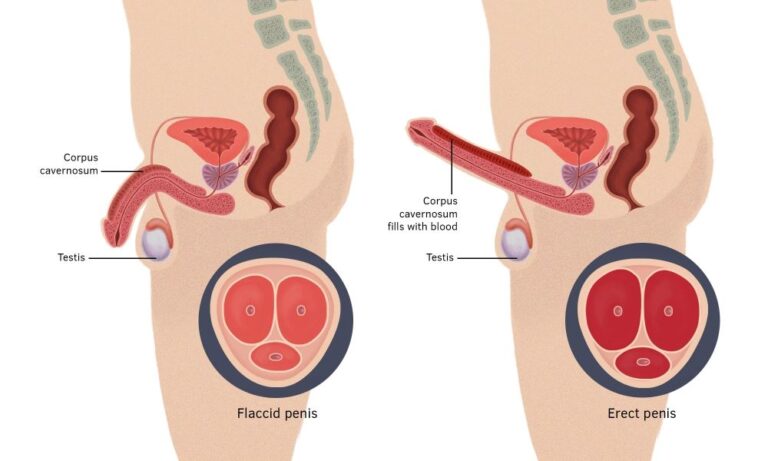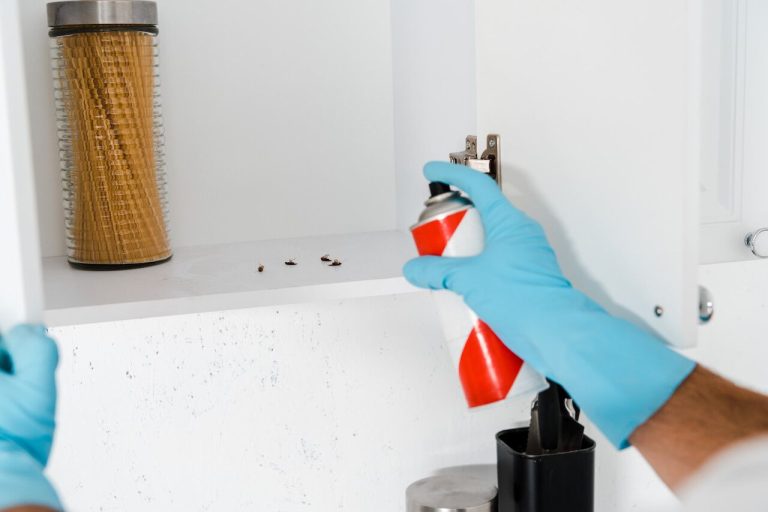
Abdominoplasty, sometimes called a ‘tummy tuck,’ is designed to improve the appearance and tone of a person’s abdominal area. Excess sagging fat and skin are removed during the procedure in order to support the proper shape and tone of the underlying tissues. Cosmetic or reconstructive, this procedure can help you look younger and more attractive.
How will it work?
Abstinence from diet and exercise has increased the incidence of abdominal sagging and related complications. This is due to the fact that the abdomen tends to get droopy when it gets older. By removing excess fat, skin, and muscle from the abdominal region, the problem of bulging can usually be resolved. An improved abdominal shape is achieved as a result of this procedure.
- Besides its cosmetic appeal, abdominoplasty may also be required to remedy the following:
- Abnormalities of the abdomen caused by pregnancy, obesity, excessive weight loss, trauma, or illness
- Relieve structural defects of the abdomen
- Enhance abdominal
- Functional reconstruction Replace a hernia that has been caused by prior abdominal surgery
Operative procedures Remove a large and distressing circumference of fat that could cause chronic dermatitis, skin infections, difficulty walking, and personal hygiene struggles. The surgical removal of the pannus is called an “apicoectomy”
Under general or local anesthesia, abdominal surgery is typically performed under deep sedation. Despite its advantages, modern anesthesia is not without its risks.
It is essential that most surgeons and anesthetists know about all the medications you take or have taken, as well as any allergies you may have. Before the surgery, ensure that you have an up-to-date list.
Who is a candidate for abdominoplasty surgery?
Abstinence from a diet and exercise program is not a substitute for weight loss – rather, it complements them. Individuals with pockets of fat or excess skin that have failed to respond to diet and exercise are good candidates for abdominal surgery. Women with stretched skin and muscles from pregnancy are the most common candidates for abdominoplasty surgery.
Abdominoplasty surgery Recovery
Patients will have to wait several weeks after surgery before returning to daily activities. To prevent blood clots, patients should walk the evening before surgery. In the event that your abdominal muscles are tightened, it is recommended to avoid strenuous exercise, jogging, or heavy lifting until it has been cleared by your surgeon. Abdominoplasty or mini-abdominoplasty results are long lasting when combined with a healthy diet and regular exercise.





